In politics, it is not always where you are going but how you get there that matters.
King George III realised this, commissioning the £3.5million Gold State Coach to transport him for his coronation.
He could have used a regular coach, or one of the other Royal coaches, but recognised a specially commissioned piece would emphasise his personal majesty and project his regal power.
Such seemingly extravagant traditions have continued, even amid the rise of more democratic government. Think, for instance, of Air Force One – a vehicle so iconic and emblematic you need not even reference its country of origin.
There are symbolic as well as practical reasons for such items that might otherwise, to the uninitiated, seem like profligacy.
Asserting authority
First, as George III recognised, travel by politicians is used as a way to project power and prestige to far-flung corners of the globe. In the medieval world, kings and queens would launch a royal progress – a kind of majestic court on wheels – to assert their authority.
Golden coaches and bespoke Boeing 747s provide the same function: to remind your own people – and other peoples – of your presence and power. Arriving, sweaty and dishevelled, from the back seat of a delayed Ryanair flight would not, it is fair to say, give the same impression.
Second, elaborate travel is necessary not only for security but privacy. Leaders have to travel but they also have to work, or else the entire machinery of government would become irrevocably backed-up.
In those circumstances, it is absolutely right politicians have access to the necessary facilities to do their jobs on the move and denying them such would be a false economy for taxpayers.
That is why the infamous image of Jeremy Corbyn sat on the floor in a train corridor was – far from showing his common touch – yet more evidence of his unsuitability for any kind of leadership position.
Despite these obvious benefits – indeed, necessities – politicians’ travel arrangements continue to be a source of contention among the press and the public.
Boris Johnson, for instance, was pilloried by the SNP – and others – for ordering the repainting of the UK’s Air Force One equivalent from drab grey to a far more appropriate and appealing red, white and blue.
Now it is Nicola Sturgeon’s turn to fall foul of such penny-pinching.
It recently emerged that, during her tenure as first minister, officials spent the relatively trivial sum of around £10,000 on access to VIP facilities and lounges at airports for her and her entourage.
Such spending was branded “frivolous” by Scottish Labour but this criticism is wide of the mark.
This is not to necessarily defend Sturgeon’s trips themselves.
The former first minister had a penchant for gallivanting around the globe with dubious – or sometimes actively ulterior – motives.
‘He has nothing to apologise for’
Often, Sturgeon’s trips were about nothing more than promoting herself or promoting separation.
But it is difficult to argue, once the travel is taking place, it should not be conducted in a safe and professional way.
That is why, in this case at least, Humza Yousaf would have been absolutely right to defend his predecessor’s conduct.
For the first time in a long time, he has nothing to apologise for.
Instead, he has buckled under the most wafer-thin pressure and ordered a probe into the Scottish Government’s spending on such matters.
This is a pander to populism that could seriously damage both the prestige and professionalism of his own government.
Certainly, there is no doubt the SNP is often woefully profligate with taxpayers’ money – but this is just not an example of it.
‘Conveniently scant record-keeping’
While we are on the subject of the former first minister, I believe congratulations are in order: she has received a – presumably substantial – offer from Pan Macmillan for her memoir, due out in 2025.
As an author myself, I know the exhilaration of receiving a new book deal and wish her all the best with the project.
It is not easy to produce a 100,000 word plus manuscript, even when it is a work of history, and all the facts are there in black and white.
It will presumably be even harder for Sturgeon, whose tenure as first minister was marked by lapses in memory and conveniently scant record-keeping.
An attack advertisement by the Scottish Conservatives, released in 2021, highlighted 50 such occasions where Sturgeon could not recall events or forgot the content of conversations, including with her immediate family.
This might not be too much of a literary stumbling block but unfortunately Sturgeon’s forgetfulness coincides with some of the most interesting moments of her premiership, not least her falling out with predecessor Alex Salmond.
For the sake of the reading public – as well as the commissioning editors at Pan Macmillan – let us hope Sturgeon is able to recall a bit more for her memoir.
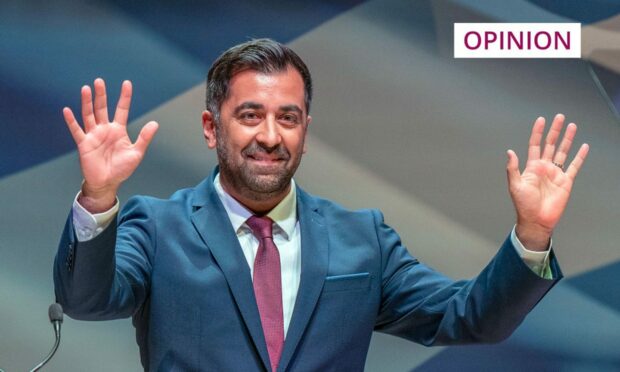
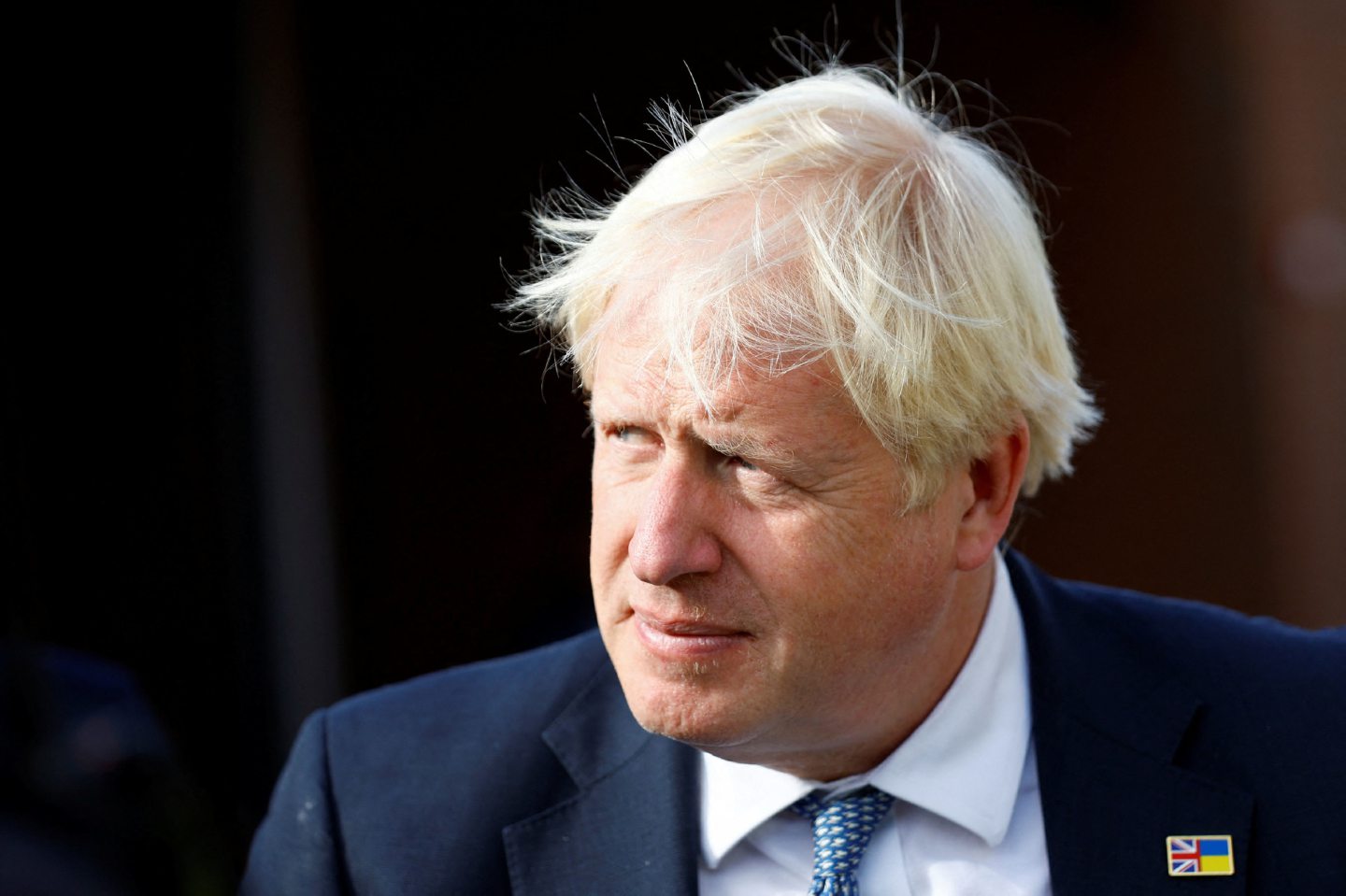
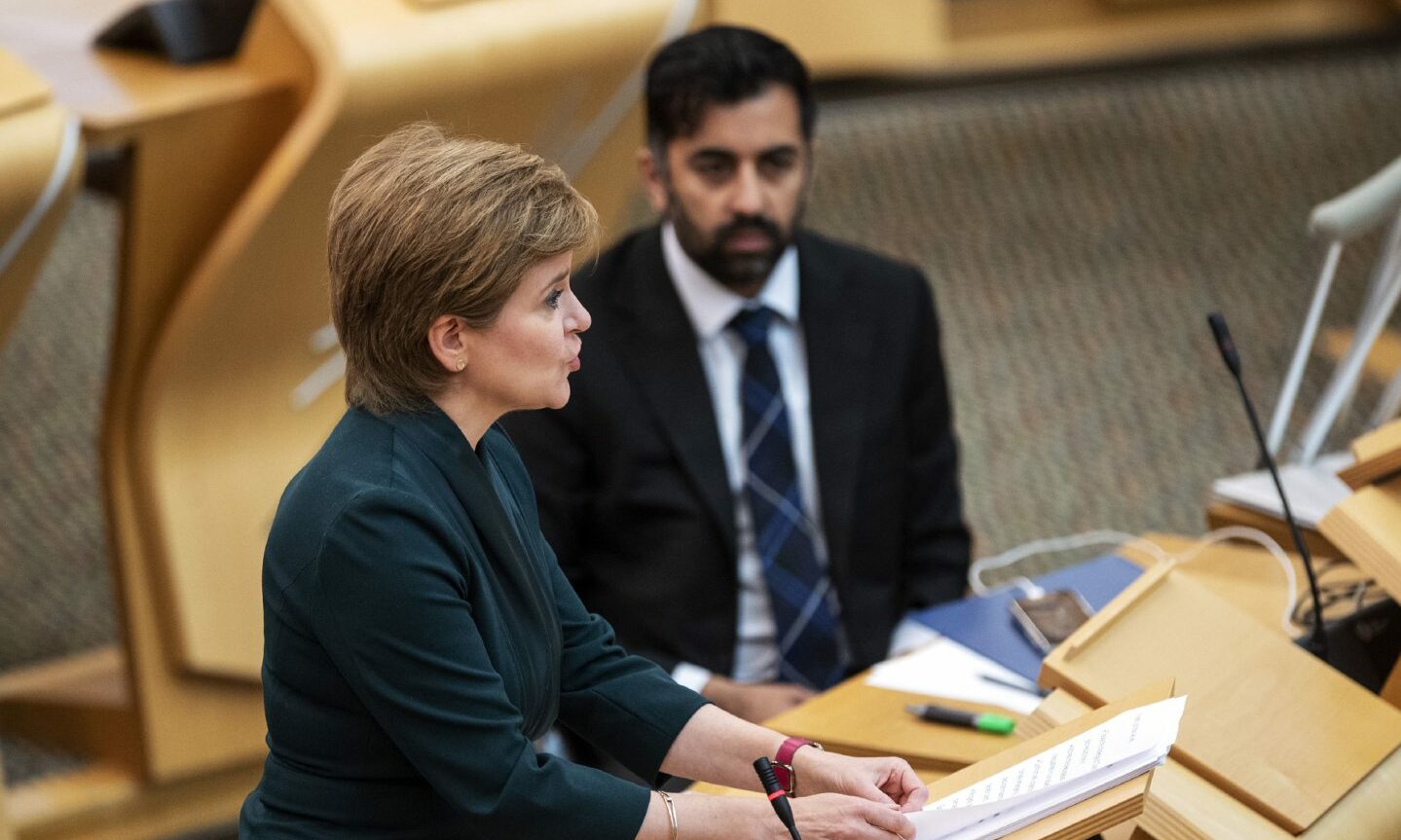
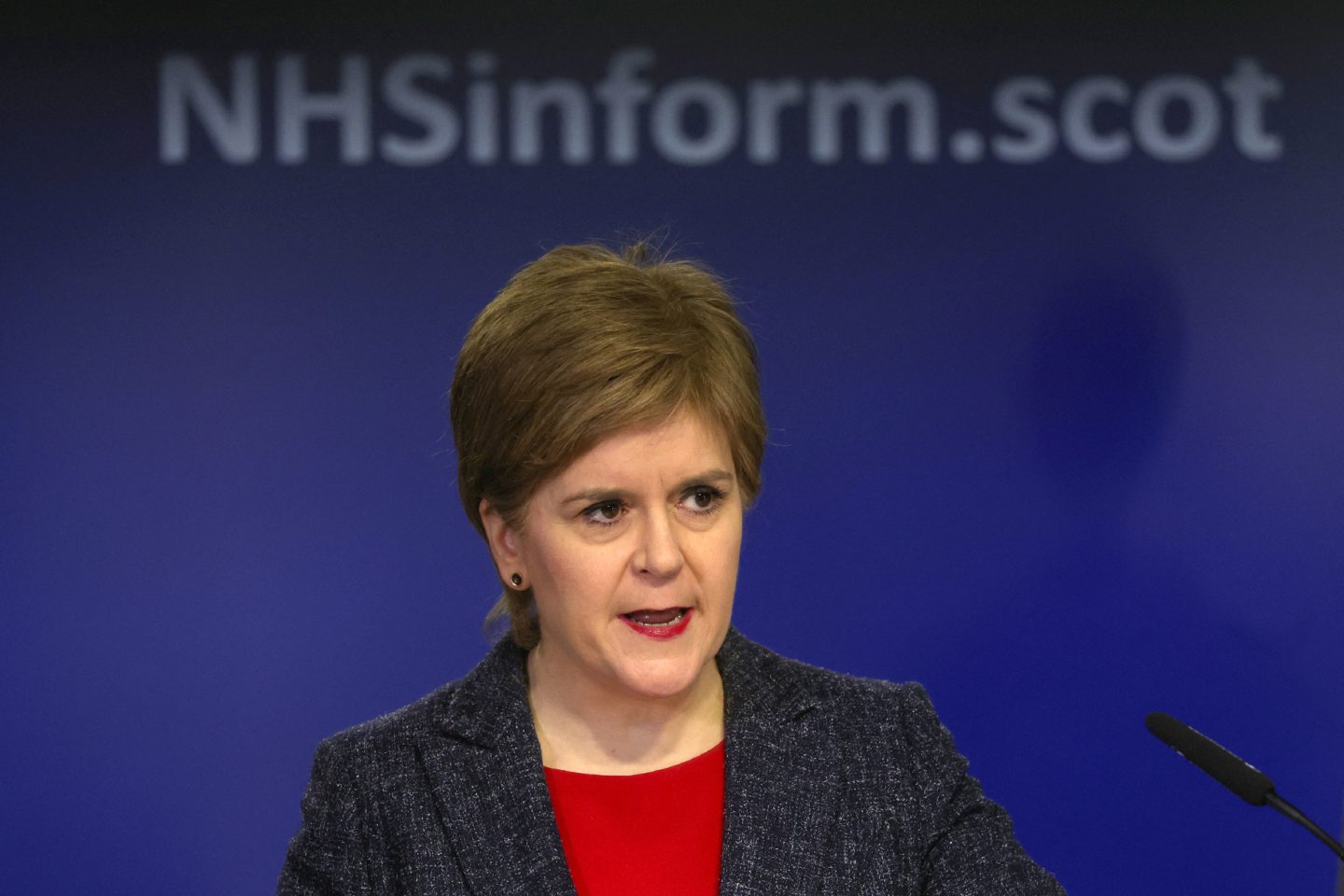







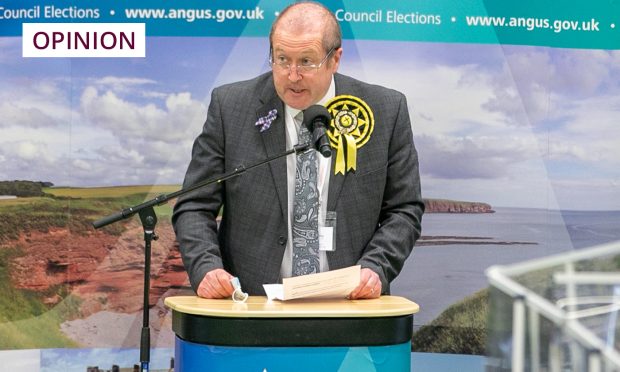
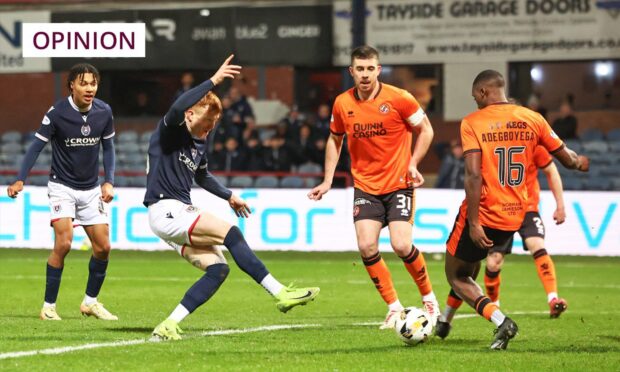
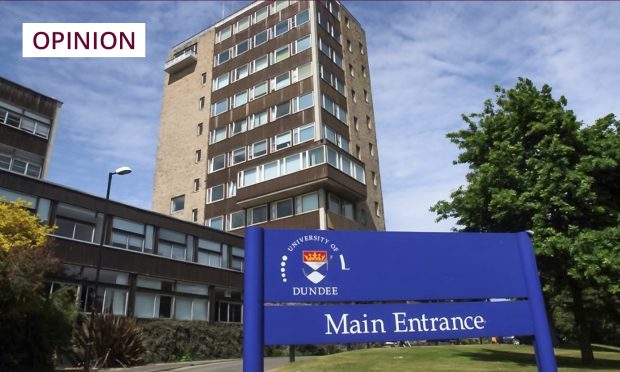
Conversation